7 Reasons Why Hyundai’s IPO Failed: From Premium Listing To Nationalism, How Indian Investors Rejected The South Korean Chaebol’s Attempt to Milk India!
Retail investors, who are often eager to jump at IPO prospects, mostly avoided Hyundai, India's largest public offering in India. Out of the top 5 offerings in the country, the IPO had the lowest retail subscription rate at just 50%.
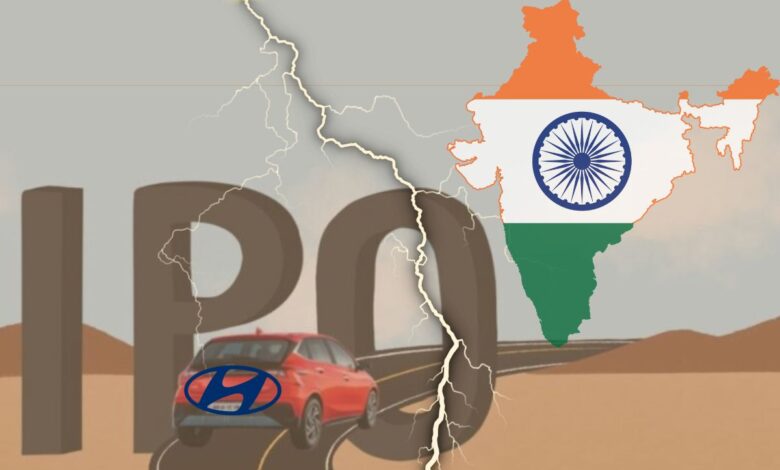
By today’s standards, Hyundai Motor’s massive ₹ 28,000 crore investment was a complete failure. The retail investor segment is significant because, although the offer was oversubscribed 2.37 times overall and easily passed, institutional investors showed their might. Remarkably, just 50% of subscribers were in the retail portion, compared to 60% in the non-institutional investor group. After India became the busiest IPO market in the world due to enthusiasm over listings, Hyundai’s transaction was highly anticipated. Retail investors, who are often eager to jump at IPO prospects, mostly avoided Hyundai, India’s largest public offering in India. Out of the top 5 offerings in the country, the IPO had the lowest retail subscription rate at just 50%.
This makes us think about the falling sentiment in the overall market, which paralyzed Hyundai’s Indian arm for pulling investors to its $ 3.3 billion IPO. This not-so-good outcome coincides with the recent underperformance of Indian stocks as market focus has shifted to the possibility of Chinese stimulus. This sluggish performance of Hyundai IPO can be sensed back from earlier days when it crashed 90% (declined to just ₹ 38 from a premium of ₹ 570) in the grey market premium ahead of the IPO launch, which is a rough indicator of the listing potential.
Given the current state of the auto industry, which includes automobiles that aren’t exactly leaping off showroom shelves and the gloomy outlook in the financial markets, it’s okay to predict that the price of Hyundai stock will either decline after listing on October 22 or list flat.
So, what are the reasons that contributed to the failure of Hyundai’s IPO on Indian soil?
High valuation.
Gone are the 2021 days when people use to get excited about high valuations. The situation of Paytm and other IPO have garnered enough attention of the investors and taught them to be aware about the hidden darkness behind the glimmer of high valuation.
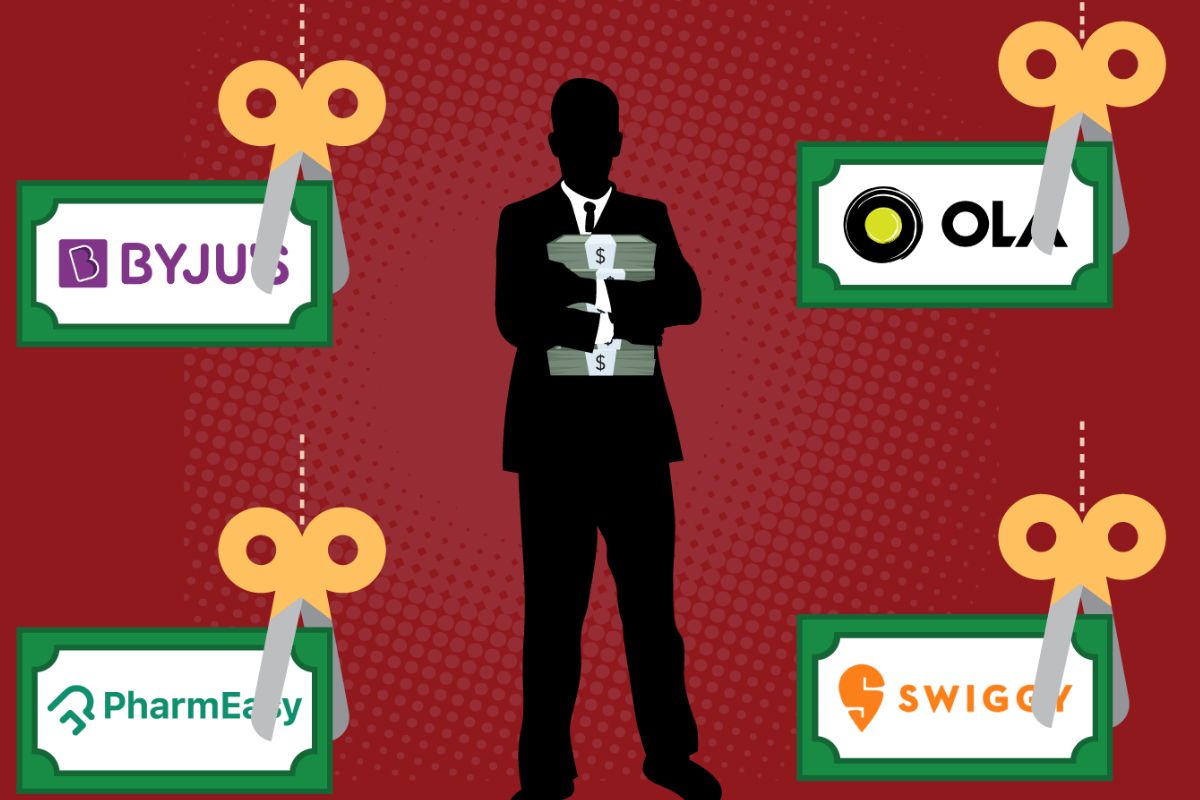
The pricing of Hyundai’s ₹ 27,870 crore IPO does not provide any value comfort when compared to Maruti, which has roughly three times the passenger car market share, two-and-a-half times the sales volume, and comparable profitability. Many people think the cost is high at ₹ 1,960, which is the top end of the price range.
In comparison to Maruti Suzuki, which is selling at a PE of 22 times its FY25 profits, Hyundai is requesting a PE value at the present pricing of 26 times FY25 earnings. Additionally, the PE ratio is far greater than the 5x PE of its parent company, Hyundai Motor Global, and above the industry average of 24.41x. At this pricing, many expect limited listing profits.
The stock may be good for long-term investors, but it did not go well with retail ones.
Hyundai was very good at understanding the customer behaviour of Indians in September 1998 when it launched Santro. In an Indian market where Europeans (Renault Nissan alliance, the Peugeot Citroen) and Americans (General Motors, Ford) failed, the South Korean company stood tall by launching a product with an Indian customer-centric approach that revolves around money. But this time, the South Korean carmaker giant failed to do so. Hyundai IPO may be a good bet for the long term, but for short-term investors, it is a complete NO.
The pricing range for the company’s IPO is ₹ 1,865-2,960 per equity share. A price point of about ₹ 1,960 per share discourages the majority of these investors, who might not be inclined to pool their resources if they don’t witness a surge in listing activity and would probably not even dare attempt to purchase a more expensive deal as a result. They granted it a pass, which was not surprising. Analysts and brokerages largely agree that Hyundai’s IPO has the capacity to be a profitable long-term investment for those who are prepared to stick with it through to the end.
Hyundai could have chosen to price the offer lower, rejecting the recommendation of its investment bankers. The leading participant, Maruti Suzuki, is Hyundai’s rival, which is why the company aggressively priced its shares. Hyundai has always offered affordable automobiles to Indian consumers who are budget-conscious. Commencing with Santro in 1998 helps to understand the Korean behemoth’s triumph in the Indian market. It’s possible that Hyundai overlooked its own advice when setting the price for its IPO, which kept the retail investors away from the IPO, and hence, the premium PE valuation of 26x its FY25 earnings meant that short-term investors were disappointed.
No fresh issue.
An OFS (offer-for-sale) in an IPO is typically seen as a two-edged sword. On the one hand, it gives current shareholders a chance to profit from their early investments. However, unlike a new equity sale that may raise money for expansion prospects, it doesn’t provide the firm with any more funding for strategic growth plans.
People have learned to differentiate between fresh issues and OFS components- a high OFS and a less fresh issue itself raises eyebrows. In such a case, Hyundai IPO has no fresh issue, and all it is offering is OFS. This raises the issue of whether the IPO was truly worth the hype because the firm would not receive any revenues, and the full sum would go to the parent corporation. This seems to be justified by the statement of a market pundit Prashanth Tapse of Mehta Equities, who asserts that OFS is a hangover for any IPO, and having the full IPO profits go to the parent firm is similar to “early Diwali,” but only in Korea.
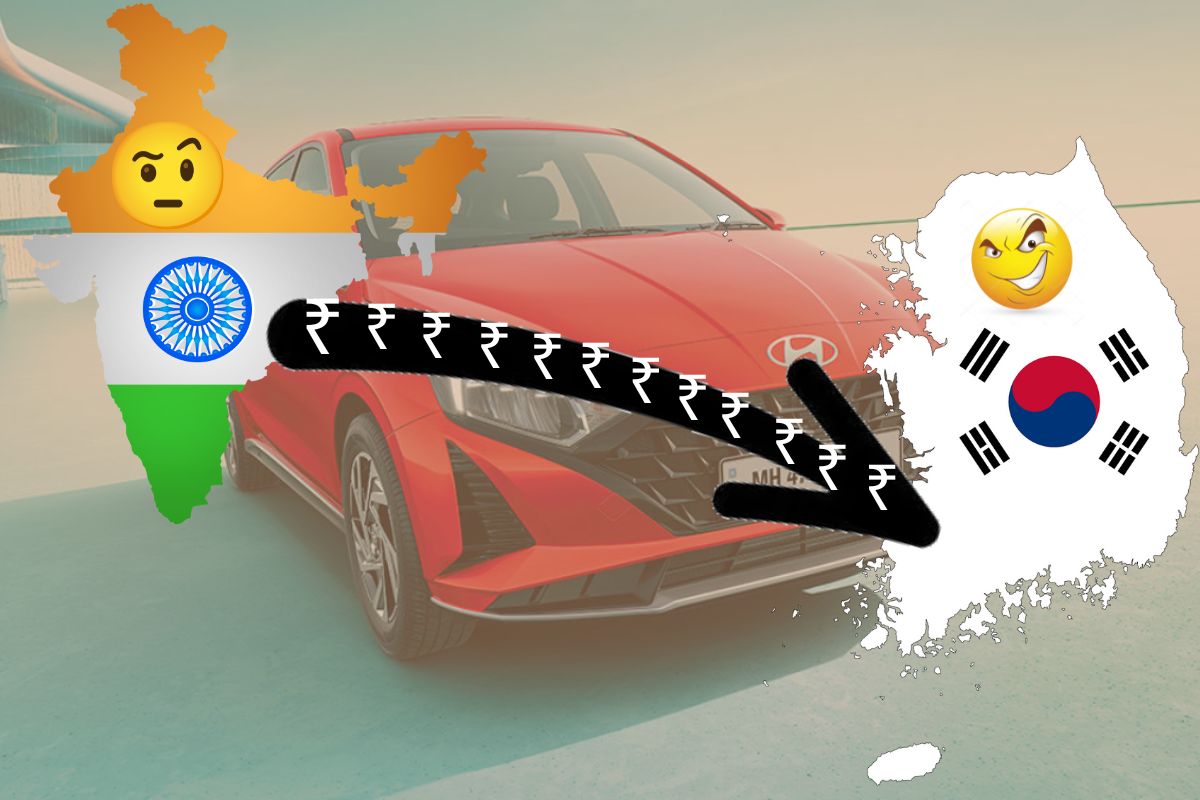
Great dividends to the parent company raise eyebrows.
It’s worth witnessing that prior to the IPO, the company had moved considerable money to the parent via a special dividend. In March 2024, Hyundai Motor Company (HMC), its promoter, received a special dividend of ₹13,270 per equity share, totalling ₹10,782 crore. As of March 2023, the company had cash and cash equivalents of ₹17,741 crore. The dividend reduced the cash balance to ₹9,017.34 crore. This depletion of cash and bank balances, due to colossal dividend payouts to parent, has also raised eyebrows about its expansion plans.
Ironically, all these transfers comes at a time when Hyundai is looking an electric vehicle strategy in India, which would demand a significant financial commitment. The timing of the dividend and cash reduction might be seen by investors as impacting Hyundai India’s financial flexibility, especially as it enters the capital-intensive phase of the EV industry.
Hyundai’s strategic approach assures that the parent company reaps significant benefits from an effervescent Indian market, in stark contrast to the decades it took to create its earnings foundation. The IPO matched Hyundai’s cumulative earnings of 28,161 crore over 24 years in a couple of days.
Royalty hurts the sentiments of investors.
Beyond the OFS and dividend issues, let us direct our attention to more substantive risks that investors might have considered. Among these are Hyundai’s rising royalty payments to its Korean parent. Hyundai Motor India pays 3.5% of sales revenue (raised in FY25 to 3.5% from 2.5% earlier) to the parent company. This has led to a slight drop in sales volume and lower-than-expected other income (because of the massive dividend payout), and it is expected that Hyundai India’s operating profits and EPS (earnings per share) to dip modestly in FY25 compared to FY24.
“Under the Royalty Agreement, to use parent’s trademarks in connection with such manufacturing and selling activities, they are required to pay an amount to Korean parent equal to 3.5% of their sales revenue (which is to be determined as set forth in the Royalty Agreement), arising from the sale of passenger vehicles or parts,” it told the markets’ watchdog through RHP. This could adversely affect the company’s profit if the parent firm raises the royalty percentage, as the agreement is such that the royalty payment can be increased to 5% without any shareholder approval. These are enough to give a headache about the profits of the company, keeping investors away from the IPO.
External competition.
The Korean carmaker’s path in India has been defined by a never-ending battle to catch up with Maruti Suzuki, the Japanese manufacturer that entered the market in 1983 and has since dominated. Hyundai, which began operations in India in 1996 with the debut of the Santro in 1998, today has a 14.22% market share as of FY24, following only Maruti Suzuki, which has a dominant 42%. The premium pricing of Hyundai’s IPO is also influenced by the presence of its Japanese counterpart.
As of FY24, Maruti Suzuki dominates the passenger car industry with sales of ₹ 1.35 lakh crore and earnings of ₹13,209 crore. Hyundai has sales of ₹69,829 crore and profits of ₹6,060 crore, less than half of Maruti’s. However, in terms of CAGR, Hyundai sales appear to be outstanding over a 24-year period, compounding at 19.8% vs 13.7% for Hyundai. In terms of profit, both are neck to neck, with Hyundai’s profit compounding at 24.1% and Maruti’s at 19.9%. In such a case, experts have cautioned that while Hyundai compares favourably to Maruti Suzuki, its listing may be tepid.
The listing came at a time when the market is going through hyper-competition and electrification trends drifting across the passenger vehicle segment, with many players coming upping the ante. Tata Motors was, is and will be probably one of the trusted brands by Indians, posing a direct threat to Hyundai.
Internal competition.
“Two of our Group Companies, Kia Corporation and Kia India, are in the same line of business as us, which may result in a conflict of interest, negatively impacting our company,” Hyundai Motor stated in its RHP filed with SEBI. Therefore, the Group’s two firms, Hyundai Motor India and Kia India, operate in similar lines of business and compete with similar products. For example, Kia’s Seltos competes with Hyundai’s Creta, Sonet versus Venue, and so on.
In fact, Hyundai’s sibling, Kia Motors, has performed significantly better than Hyundai. Since its inception in 2019, Kia Motors has achieved a revenue of 39,042 crore and a profit of ₹2,122 crore in FY23, with a 5.71% market share in FY24. To put this in context, Kia sales account for 56% of Hyundai’s revenue, while profits account for more than 35%, or more than one-third. In just five years, Kia’s income compounded at a rate of 194.5%, compared to 7.9% for Hyundai. In FY19, the sibling Kia lost ₹199 crore but made a profit of ₹2,122 compared to ₹4,709 crore for Hyundai, indicating a strong performance.
Kia and Hyundai Motor operate independently. However, Hyundai is the parent company, as Kia was bought in 1998 after filing for bankruptcy in 1997. It may be worrying to consider what if one day, when the elder sibling (Hyundai) matures, the parent will support the younger sibling (Kia) to capitalize on India’s progress, hence raising questions that may have kept the investors away.

So, combining the external and internal competition, we can see prominent dangers to Hyundai India. Kia began producing utility vehicles in India in August 2019 and is still under-represented in the country, with potential for future expansion. Meanwhile, Maruti, Tata, and Mahindra are quickly growing production, while Kia plans to boost its market share to 10% by 2030, putting Hyundai India at risk of losing market share and giving a threat to investors.
So, is Hyundai IPO worth the hype, or is it just a K-drama on Indian Stock Exchanges?
It seems like the Hyundai IPO is used as a tool to analyze the sentiments of the Indian market for Korean companies. Following the Hyundai IPO, more Korean chaebols (family-owned business conglomerates) may soon list on Indian stock markets. LG, Samsung, and Hyundai are among Korea’s major chaebols. LG Electronics Inc is reportedly in negotiations with bankers to raise up to $1.5 billion through an IPO, with the India subsidiary valued at over $13 billion. While Samsung has not officially confirmed this, investors are guessing because Korean competitors are known to follow each other in most business decisions, including strategy, launches, and manufacturing.
Moreover, the Indian market is currently witnessing a correction, and investors are not becoming conscious. Therefore, Indian investors may have guessed that the primary motivation for the IPO was to improve its valuation back home in South Korea, making Diwali happy for them, and not much is there for Indian soil, at least in the short term. Notably, Korean companies like Hyundai (Korea) are tightly controlled by their parents, and unlike Maruti Suzuki, they lack Indian managers in key positions, raising concerns about representation and priorities and giving chills to Indian investors.
Not only Hyundai, it seems like every global giant wants to reap benefits from the magnificent Indian market. There is no issue with that, but the intention of reaping high benefits but not investing in Indian arms can be a difficult offering to digest.
The Hyundai IPO not only highlights the Korean chaebol’s financial acumen but also establishes a precedent for other foreign corporations seeking India’s thriving “investment arbitrage.” The fact that MNCs such as Whirlpool offloaded a portion of their holdings in the India-listed corporation in the public market, and now that Novartis and ITD Cementation are looking to leave their businesses at a high, demonstrates that there is more money to be earned off the market than investing in the Indian arms.
Even the Union Minister’s assertions show how these global conglomerates have enjoyed the benefits of Indian Policies.
Piyush Goyal, Union Minister, in February 2023 have said that the Korean giants have reaped the benefits of free trade agreement between Indian and Korea, but have not opened their doors for India.
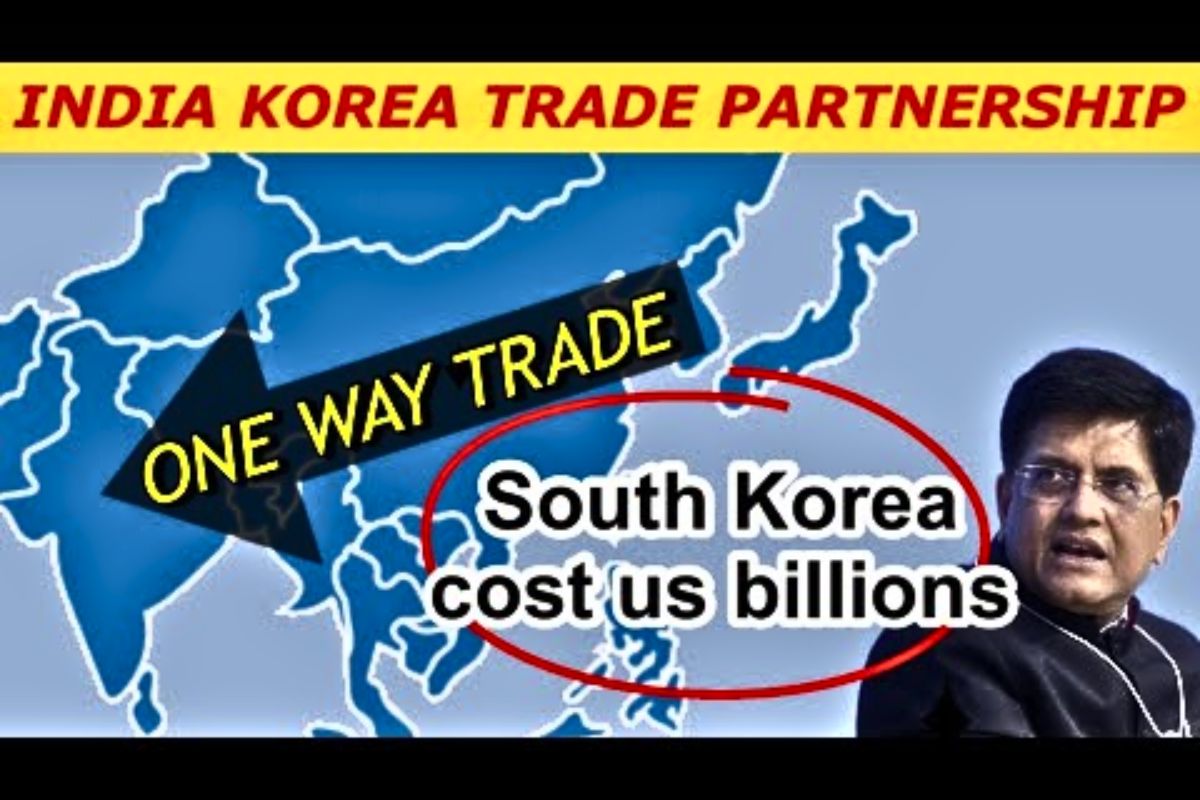
Mr Goyal starts with the statement that the auto industry is certainly one industry where one should be clearly 100% indigenized. He moves on by saying that some companies claim to be indigenized, but he suspects it is not truly so because of the import element. In the Korean auto industry, Hyundai and Kia are clearly two of the laggards. They’ve enjoyed the benefits of India’s free trade agreement with Korea and continued to import indiscriminately. The small investment of half a billion or a billion dollars has cost India dearly in terms of billions of dollars in trade deficit.
He said that Korea and Japan don’t officially stop the export of steel from India, but India can’t sell a ton of steel in both countries as there is a “nationalist spirit” that we, as Indians, lack. This is somehow representing that we, the People of India, have not upgraded as a society in terms of nationalism when compared to our Korean and Japanese counterparts. Maybe this time, Indian investors became cautious and decided not to invest in a firm that would send billions outside the country!
But how did Indian investors become cautious?
Technological competence?
Is it possible that Indian customers became cautious over one night? No, what happened today has its pendulums attached to the past. The problems with Hyundai technicians over the catalytic converter replacement with their flagship product Tucson have led some to conclude that Hyundai technicians are not competent in diagnosing their CKD (Completely knocked down- means it’s totally assembled in the local plant, and parts imported) products, nor do they keep adequate spare parts in case of malfunctions. Therefore, though Hyundai attracted the SUV segment with lower prices, the not-so-competent after-sales service has disappointed the customers.
Also, so many recalls have raised doubts about the quality of Hyundai products. In August, it was reported that BMW Korea, Hyundai Motor, Kia and KGM Commercial, major Korean carmakers, will reportedly and voluntarily recall more than 172,000 vehicles. Hyundai and Kia have both been embroiled in huge, lengthy, and difficult recalls, suggesting the quality of Hyundai India cars on Indian soil.
To support this, consider the statement of Former Hyundai India President BVR Subbu, who raised doubts about Hyundai’s most serious issue, which is maintaining its technological superiority. Speaking to a media outlet in September 2024, Mr Subbu pointed that in the early days of Hyundai, the company was characterized by its youthful energy and agility. However, as companies grow, they often lose this agility, becoming “stodgy” as they transition into middle age. This might be seen as how, this time, Hyundai failed to acknowledge the sentiments of Indian customers by offering premium pricing, leaving very little room for retail investors.
Doubtful after-sales service.
In April this year, Hyundai Motors India was ordered by the National Consumer Disputes Redressal Commission to pay ₹ 15.1 lakh to Sukhjinder Singh, an owner of a Hyundai Verna car after Hyundai Motors India failed to rectify the car’s problem and instead decided to fight against the legal order to replace the car’s engine, in various consumer forums for almost ten years. So, these types of acts by companies where they have mistreated the customer vanishes the brand of the image by the mouth to mouth popularity.
Nationalism in Indian minds is now increasing.
Moreover, Indians nowadays, under the current governance, have been very vocal and reactive about the Kashmir issue. One might think how this Kashmir issue is related to Hyundai? Back in chilly winter of February 2022, Hyundai India came under massive crossfire on social media after the Group’s Pakistan arm updated posts on its official X and Meta handles, announcing “solidarity with Kashmir”.
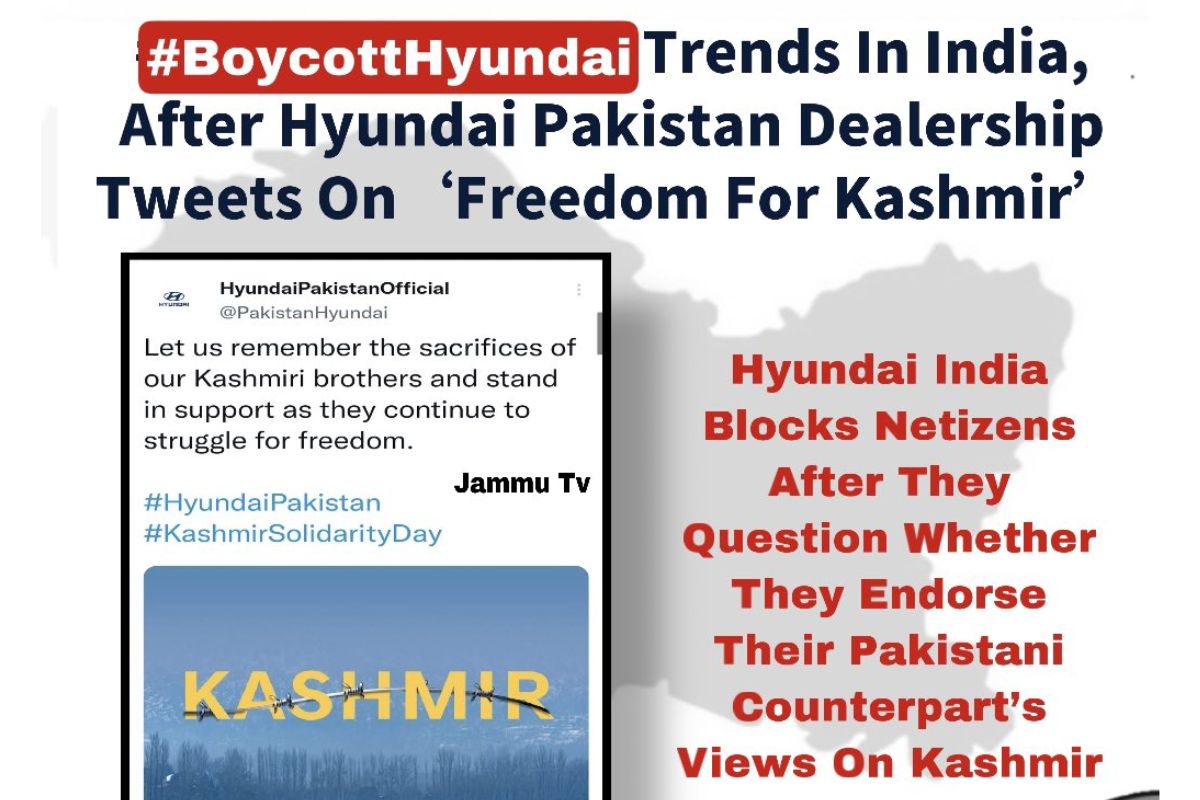
Social media users in India called for mass boycotts or cancelling bookings of the Hyundai car. Several verified accounts of BJP and VHP ministers also announced boycotts of Hyundai India through tweets, adding taglines such as ‘Kashmir Hamara Hi Rahega’ (Kashmir will remain ours). This post by our not-so-friendly neighbour, in support of freedom for Kashmir, might have dented the brand image of Hyundai, affecting the response of Indian investors to its IPO.
Though, a spokesperson for Hyundai India said the company had “zero tolerance” to such communication; however, industry experts pointed that the heat the brand faced in India is collateral damage from being a global brand which, for the lay consumer, is the same irrespective of country. These events may sound small, but one will never know how they are going to response in future.
So what about the future of IPO in the long run- it seems like a Marathon, not a Sprint.
Experts advise investors hoping for immediate riches from Hyundai’s IPO to keep their expectations in check. The big issue size, high valuation, and broader industry issues make it unlikely that Hyundai will see the rapid listing gains seen in other IPOs in recent months. Despite concerns over short-term gains, analysts agree that subscribing to Hyundai’s IPO will be a great play for long-term investors in the developing passenger vehicle sector, as buyers desire larger and more premium cars.
Conclusion.
By this IPO and how Indian investors have reacted, it seems like Hyundai has undermined the efforts of 2 decades of brand building and lacks the opportunity to resonate itself as an Indian-loving brand. Listing is a small step towards increasing shareholder value. Active shareholders will consider how Hyundai delivers value for them.
A listing will result in more involvement with India since investors may be both consumers and shareholders. However, it is not wrong to suggest that many Indian investors have learnt from the disasters of huge IPOs in the past, whether from the public sector like LIC or the startup environment like Paytm. Now, they expect immediate returns, which the Hyunadi IPO may fail to provide, and hence, they decline to actively involve themselves in the K-Drama IPO.




